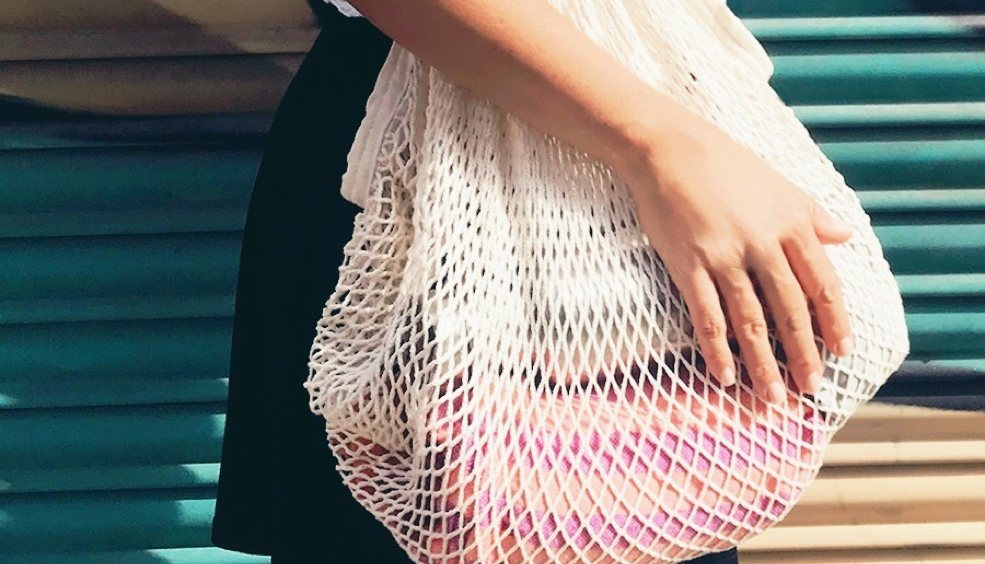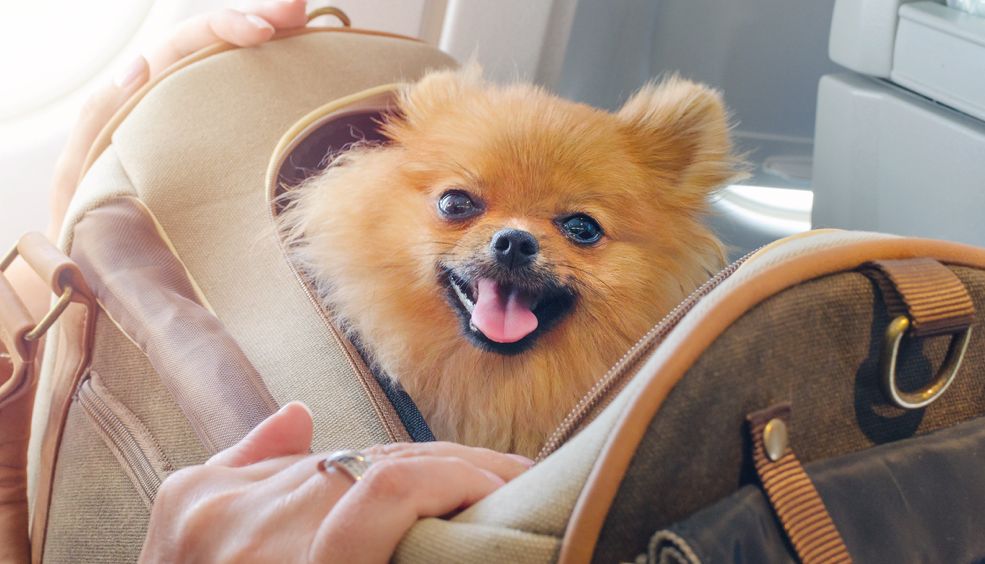Père Lachaise. Celebrity cemetery.
Today´s route takes us into one of the most bucolic places of the French capital: Père Lachaise cemetery , the largest one in Paris and one of the best known and most visited in the world.
We left a little of the bustle of the Parisian streets and headed to the twentieth district, east of the city, particularly at number sixteen Rue du Repos (resting Street), where we find the main entrance to the cemetery.
Upon entering, we feel that the place has a special energy, and walk quietly through their streets is a wonderful thing. Curiously, we will say that Parisians use it as a park, so it is not surprising to find locals strolling, reading, drawing ... Or even watching tourists with their maps in search of the most famous tombs.
And like good tourists that we are, we did what we were supposed to do and bought a map of the camp, which helped us not to be lost and to locate the graves of many celebrities who are buried there.
I have to confess that, even before arriving we had already chosen some tombs that we wanted to visit, we were surprised by the large number of known characters that lie among its more than 70,000 graves.
Among the personalities who inhabit this posthumous Walk of Fame, are Oscar Wilde, Edith Piaf, Marcel Proust, Molière, Maria Callas, Chopin and Isadora Duncan.
One of the most visited places, is the legendary leader of The Doors, Jim Morrison, and it is a pilgrimage place. There you can read the inscription "Kata ton Daimona eaytoy" (according to his own mind). A few years ago, you could see a bust of the singer, but it was stolen and never recovered. Now, instead, find a security guard to prevent further vandalism.
One of the most famous landmarks is the Mur des Federes in tribute to the dead of the Commune of Paris from 21 to 28 May 1871 or memorial tribute to the French volunteers in the International Brigades in Spain between 1936 and 1939.
Père Lachaise Cemetery is very well preserved, although there are areas where the trees seem to gain ground to tombs.
One of the most beautiful mausoleums is home to the love story of Abelard and Heloise.
However, we also find creepy sculptures that horrorized us: winged children in memory of those gone too soon, or some with their faces covered by the anonymity of those who rest there.
It is getting dark at Père Lachaise and silence would absolutely if not for the incessant cawing of crows flying over our heads. To make matters worse, in this Halloween postcard, we realized that tens of smug cats have started appearing all over the place ...
Call us superstitious, but I think it's time to leave.
By Nadia Polo
A place well worth discovering! Check out our flights here.
more infoMoscow In Red
On 8 December 1991, Boris Yeltsin, Leonid Kravchuk and Stanislav Shushkevich signed the so-called Belavezha Accords. Established in 1922 after the February Revolution, the treaty was endorsed by the presidents of the Russian SFSR, the Ukrainian SSR and the Belarusian SSR, thereby marking the dissolution of the Soviet Union. Twenty-five years after the demise of the Communist utopia, the capital of the now extinguished “Red Empire”, of Bunker 42 in the Garden of Fallen Monuments, still hides corners evocative of its former proletarian grandeur.
Bunker 42
Bunker 42 still lies in the heart of Moscow, alongside the Taganskaya metro station, in building 11 at 5 Kotelnicheski Street, 65 metres underground. Once guarded and maintained by a contingent of over 600 soldiers and officials, Bunker 42 was an ultra-high-security shelter for top-level party members in the event of a nuclear war. It now forms part of the State Central Museum of the Armed Forces. Visitors can tour the endless secret tunnels and see for themselves what was then a sophisticated network of communications, and even venture into Stalin’s study.
The White House of Russia
A privileged witness to the end of the Soviet Union, the White House of Russia was the Communists’ answer to their American counterpart. Designed by Dmitry Chechulin and Pavel Shteller, building work got under way in 1965, but the edifice was not completed until 1981. It then became the seat of the legislative power of the Supreme Soviet of the Russian SFSR, effectively the Congress of People’s Deputies of the Russian Federation, until 1991. With his back to its entrance, Boris Yeltsin faced down the Soviet tanks that had rebelled against the then president of the USSR, Mikhail Gorbachev, an act which marked the beginning of the end of the Communist regime.
All-Russia Exhibition Centre
Presided over by a Vostok R-7 8K72 rocket, what is now a convention centre and amusement park was one of Moscow’s main tourist draws during the Communist era. Built in 1939 as an Agricultural Exhibition, it was gradually transformed into a huge park intended to exalt and glorify the economic, scientific and technological achievements of the various republics making up the Soviet Union.
Stolovaya 57
There are a number of restaurants that relive Soviet cuisine 25 years on. Two classics from that period have survived in the iconic GUM galleries – Festivalnioye Café and Stolovaya 57. Then there are hangouts like Detir Ayka (25 Nikitski Boulevard), featuring a Communist menu with such delicacies as stewed fruit, soups and semolina porridge, washed down with shots of vodka or GlavPivTorg. The locale is housed in the former Transport Ministry building which, apart from providing Communist-style cuisine, features a vast library with the complete works of such illustrious figures as Marx, Engels and Lenin.
The Seven Sisters
These high-rises plot one of the most characteristic flourishes on the Moscow skyline –
Moscow State University, Hotel Ukraina, Kotelnicheskaya Embankment Apartments, the Russian Ministry of Foreign Affairs, the Kudrinskaya Square Building, the Hilton Moscow Leningradskaya Hotel, and the Red Gates Administrative Building. The seven buildings in Russian Baroque and Gothic style would have been eight, had the construction of the originally planned Palace of the Soviets come to fruition. The Seven Sisters were built in the 1940s and 1950s to commemorate the 8th centenary of the founding of Moscow.
Lenin’s Mausoleum
The embalmed body of Vladimir Lenin is kept in Red Square, the site of formidable, solemn Red Army parades. Built on the orders of the Soviet State in 1924 following the death of the father of the Revolution, his tomb was designed by the architect Alexey Shchusev, who was inspired by the Pyramid of Zoser and that of Cyrus the Great in Pasargad. Despite Boris Yeltsin’s attempt at having it closed down, Lenin’s Mausoleum is still open to the public free-of-charge on Tuesdays, Wednesdays, Thursdays and Saturdays from 10 a.m. to 1 p.m.
Moscow Metro
It provides the best way of moving about the Russian capital on account of its exceptionally low price and high frequency of trains – one every 40 seconds at peak hours. Over and above its efficiency, the Moscow underground is an authentic, highly impressive work of art. Inaugurated in 1935, the first line linked the Sokolniki and Kievskaya stations. For its grandeur and its enduring aesthetic sublimation, it is a veritable palace of the proletariat.
FSB Museum
Officially dubbed the FSB Museum (FSB stands for Federal Security Service), it has nevertheless been known locally as the KGB Museum ever since it opened in 1989. Located in the former seat of the Committee for State Security (KGB) in Lubyanka Square, the exhibition features gadgets associated with espionage that seem to have leaped out of the television series,The Americans,including explosive devices, cameras concealed in beer cans, etc. The FSB Museum transports visitors back to the days of the Cold War and the atmosphere of double agents infiltrated in enemy territory.
Museum of Soviet Arcade Machines
Soviet youths also spent their time playing with gaming machines, although they were of course all Soviet-made and extremely expensive, costing from 2,500 to 4,000 rubles. Espoused by three nostalgics for Communist arcade machines, the Museum of Soviet Arcade Machines brings together such gems from that era as mini-skittles, machines for killing aliens (with a capitalist ideology, I would imagine) and the popular shaibu-shaibu ice-hockey game. A whole journey back in time, before which you need to first change thirty rubles into three of the old Soviet kopeks. The collection keeps growing.
Sculpture Park in Krymsky Val
Colossal statues of the Communist leaders were one of the most characteristic sights in squares and parks in Soviet cities. These massive effigies gradually disappeared from the urban environment with the fall of the USSR in 1991. The endless collection of sculptures eventually found safe haven in the statue park of the Krymsky Val Museum. The catalogue runs into over 700 statues sculpted in stone or bronze, prominent being that of Felix Dzerzhinsky, a monument in honour of the revolutionary of the same name who was the first director of the Cheka. Needless to say, there are several imperial effigies of Lenin and Stalin, oblivious to the passage of time.
Come and discover the surviving vestiges of Communist Moscow – book your Vueling here.
Text by Oriol Rodríguez for Los Viajes de ISABELYLUIS
Images by Kirill Vinokurov, Dennis Jarvis, David Orban, Rob, Jason Eppink, Helena Volkova
more infoZero-waste travel is possible and we tell you how
Yve Ramírez, AKA La Ecocosmopolita, author of the book “Vida residuo cero” and founder of the online shop Usar y Reusar, tells us how to travel more sustainably and without generating any waste. And it's not so difficult!
more infoFlying with your pet
Some airlines let you bring your pet on board: dogs, cats, birds (except birds of prey), fish or terrapins. Vueling is a pet-friendly airline and makes sure that pets travel as comfortably as possible. But there are some rules, and we tell you about them in this post!
There is an easy solution for those of us who can’t bear to part with our furry friends: we can take them with us when we travel! That way they will also be in all our holiday photos!





